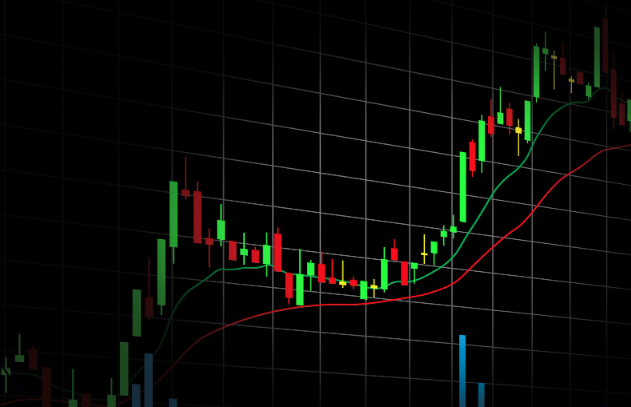Economy grew by 0.6 percent year-on-year in Q2
Economic commentary by Jakub Seidler, Chief Economist of the CBA

The domestic economy grew by 0.3% quarter-on-quarter in the second quarter of this year, in line with the preliminary estimate, according to a refined estimate published today by the CZSO and annual growth accelerated from 0.4% to 0.6% (see Chart 1). The initial analyst consensus, according to Reuters, had expected quarter-on-quarter growth of 0.4% and year-on-year growth of 0.5%. Fixed investment and government consumption were the main contributors to economic growth in Q2, with a decline in inventories acting in the opposite direction. Household consumption grew relatively moderately and by only 0.2% quarter-on-quarter, broadly missing expectations. Investment growth accelerated, particularly in housing. For the whole of this year, the domestic economy will grow only moderately, at around 1%, while next year the consensus expects an acceleration to 2.5%. The risks stem from a slower recovery in household consumption, as confirmed by today's figures, and also from weak external demand, which is reflected in weak exports and a decline in manufacturing.
Monthly economic growth was driven mainly by an acceleration in fixed investment (1.9% qoq, fastest qoq growth since 1Q22), but also by government consumption (+1.5% qoq, fastest growth since 3Q21, +4.3% yoy). In the case of investment, growth accelerated especially in housing, up by 4.3% qoq, but here it is probably partly a correction of the significant decline in the previous quarter (-2.5% qoq), and thus year-on-year growth in residential investment remains subdued at around 1%. In contrast, investment in transport equipment, which had been growing briskly at around 3% qoq in the previous quarters
Household consumption itself grew only slightly by 0.1% qoq, which is somewhat disappointing. For example, the latest forecast of the Ministry of Finance had expected quarter-on-quarter growth of 0.5%, and the latest CNB forecast had expected stronger quarter-on-quarter growth (see Table 1). Household consumption growth was relatively flat, with only consumption of non-durable goods declining, but growing surprisingly strongly in the previous quarter (Chart 2). Overall, however, household consumption slowed to 0.2% qoq after growing by 0.6%-0.8% qoq in the two previous quarters, and the annual growth rate also slowed, from 1.7% to 1% yoy (Chart 3),while the average growth rate of household consumption between 2015 and 2019 was 3.5%. Also, in international comparison, domestic consumption is still among those that have fallen the most compared to the end of 2019 (Chart 4). In both quarter-on-quarter and year-on-year terms, then, the decline in inventories has worked against growth, which has been a highly volatile item of late.
For the year-on-year evolution of individual items, see Chart 3 and Table 1. In terms of sources, the year-on-year decline in manufacturing accelerated (from -1.9% to -3%), while growth in services accelerated from 0.6% to 1.5%.
The domestic economy has thus been growing for the third quarter in a row, but the pace of growth has not been very dazzling and at the same time the outlook for the future has started to weaken in recent months in the context of weaker developments abroad and also a slower recovery in domestic household consumption. Although a major revision to the GDP data at the end of June showed that the domestic economy had already reached its pre-forecast level of the last quarter of 2019 earlier, in international comparison it still ranks among the three economies, along with Germany and Finland, that have not yet grown much since their end-2019 levels.
For the whole of this year, the domestic economy will grow only modestly, at around 1%, with the consensus expecting an acceleration to 2.5% next year. Risks, however, stem from a slower recovery in household consumption, as confirmed by today's figures, and weak external demand, which is reflected in weak exports and a decline in manufacturing. For the CNB, today's figures sound more of a dovish tone due to weak household consumption and also slowing wage and salary growth.